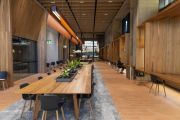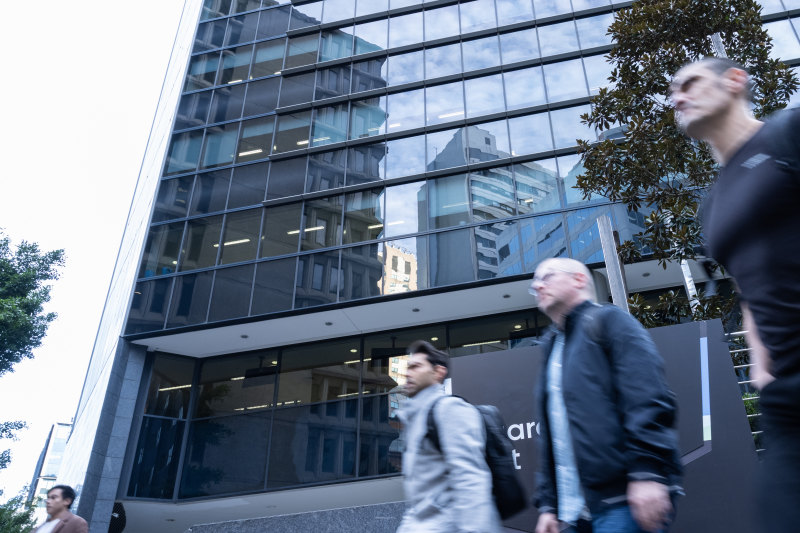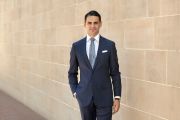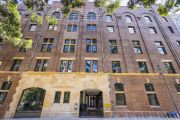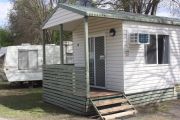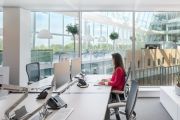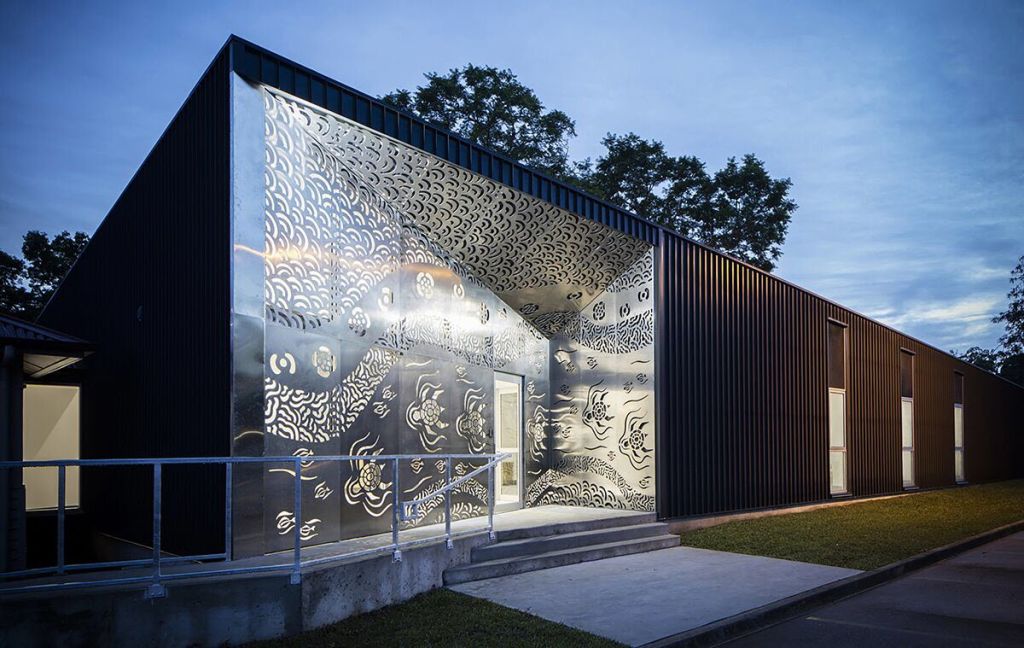
Why Sydney architecture practice Kaunitz Yeung decided to specialise in designing buildings in remote regions
What sets a small Sydney architectural practice up to tackle with genuine relish some of the most remote and difficult projects you could imagine?
Building projects in places, as David Kaunitz experienced it from 2007 to 2011 doing post-disaster work with World Vision in the earthquake-hit Solomon Islands, “with no roads, no running water, no electricity and no mobile coverage”.
In fact, he was often the only outsider around but says “I learned almost everything I know about life and work, about dealing with extreme situations and cultural differences, living in remote places like that”.
So what was the seed motivation that has seen the husband and wife-led Kaunitz Yeung studio of six people create so many individual and award-winning Aboriginal community facilities in outback Australia, and to continue – mostly for no fee – involvement in planning and building so much basic infrastructure in near-Pacific nations such as the Solomons and Vanuatu?
The now 43-year-old Kaunitz has a one-word answer: “Boredom”.
By the time he was 26 and working as a practice director in London on major UK commercial constructions, public transport infrastructure, social housing and health amenities, the Australian-born architect says “I was just bored. And I was young enough to throw it all away and walk away”.
Kaunitz had discovered he wasn’t as interested in aiming for glamour commissions and a big reputation in the developed Western sphere as he was in working at grass-roots level to divine the actual needs of the end users “and a deeper meaning to architecture.
“It didn’t seem that interesting to just make form. I cared about the outcome of projects and really cared about what happened next.”
Combining talents and business branding with his architect wife, Ka Wai Yeung, he says that “after a project opened, I’d go back year after year to measure its performance”.
The numbers and locations of Kaunitz Yeung completions since the practice commenced in 2011 make up an almost improbable portfolio that includes 200 schools in the Pacific, about 100 childcare centres in Australia – “we do take on purely commercial work” – and numerous clinics, wellbeing and arts centres in 30 seriously remote Aboriginal communities, some 1000-plus kilometres from a conventional material-supply source.
By tapping into what he calls “the creative desires and aspirations of the end users” and by soliciting their input in building elements such as fabricated steel art screens, Kaunitz Yeung has received a number of important awards including a 2018 NSW AIA award for both commercial and for use of steel for the Biripi Clinic in Purfleet, on the NSW mid-north coast.
One of their earlier commissions, the Wanarn Clinic in the Gibson Desert, 1000 kilometres west of Alice Springs, gained a 2016 European Healthcare Design Award.
Awards are nice but the reward for the practice, and what they are reaching for in their most recent projects that for maximum sustainability are utilising the most local of materials, rammed earth – “which gives a community an unbelievable link to their country and that is an intuitive material” – means, says Kaunitz, “that the buildings we are creating are not generic, but are bespoke pieces of architecture rooted in their sites.
“You can’t get any more sustainable than mud brick that comes directly from the site.
“The embodied energy saving is massive and these buildings have the triple benefit of being linked to place, creating significant sustainable outcomes and we’re doing it for no extra cost”.
While sustaining a very busy practise (“and yes, I’ve got two young kids so I do get tired”), Kaunitz Yeung mentors and arranges pro-bono placement for young and graduate architects keen to ply the same altruistic track of doing architecture in remote places “that places people at its centre … And where good architecture does not need necessarily to be a luxury item”.
Get a weekly roundup of the latest news from Commercial Real Estate, delivered straight to your inbox!
